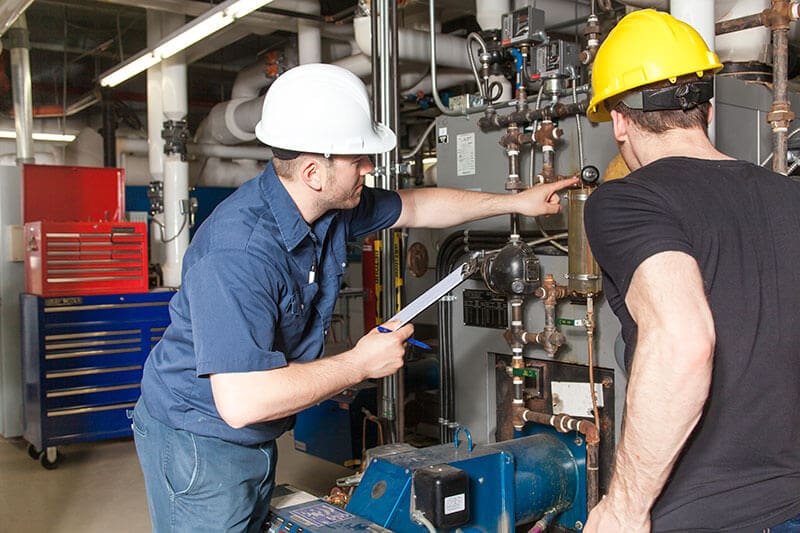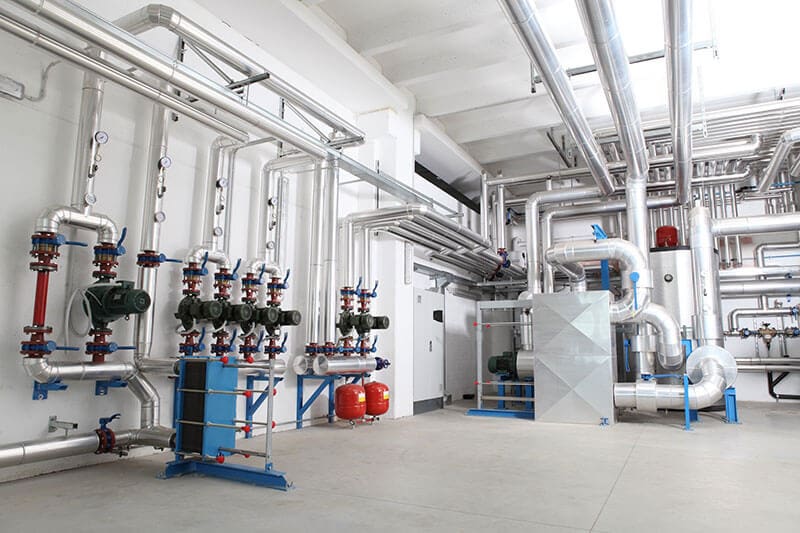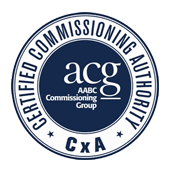HVAC Hydronic Balancing
HVAC Hydronic Balancing
Total Hydronic Balancing is a set of means and methods for making hydronic systems readily controllable so they provide the intended indoor climate at minimum operating cost. Testing and adjusting of building water systems will provide the same benefits as those provided by air balancing. In order to achieve these results pumps, chillers, cooling towers, flow devices, and coils require proper testing and balancing.

Benefits of HVAC Hydronic Balancing:
HVAC Hydronic Balancing benefits include: enhanced building performance, lower operating costs, and greater occupant comfort. When properly balanced, hydronic systems will minimize their energy usage, operational costs and ensure building pressurization.


Benefits of HVAC Hydronic Balancing:
HVAC Hydronic Balancing benefits include: enhanced building performance, lower operating costs, and greater occupant comfort. When properly balanced, hydronic systems will minimize their energy usage, operational costs and ensure building pressurization.
5 Tips for Hydronic Balancing Success:
The HVAC Hydronic Balancing process can be greatly enhanced by following these five recommendations.
- Proper start-up of Hydronic Equipment.
- HVAC controls are complete and fully operational to allow TAB to commence.
- Construction strainers are removed from pumps after systems flush/cleaning.
- Proper pipe diameters should be reviewed to ensure accurate measurements on flow measure devices.
- Hydronic systems should be verified to be free of air and properly vented at the highest points in the systems.
The Keys to Determining Pump Flow:
- Review of pump installation.
- Review of pump curve.
- Review of pressure gauges to ensure proper location, if the gauges are not installed in the provided ports the pump curve may not correlate. (see article in tech talk)
- Determine impeller size by performing a shut off head pressure test.






